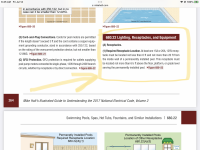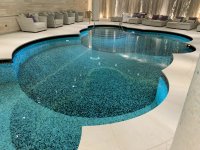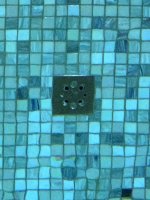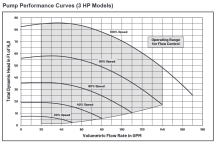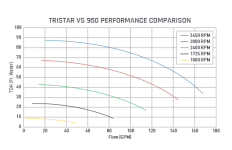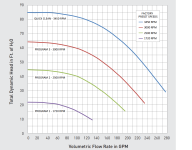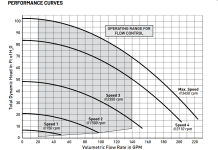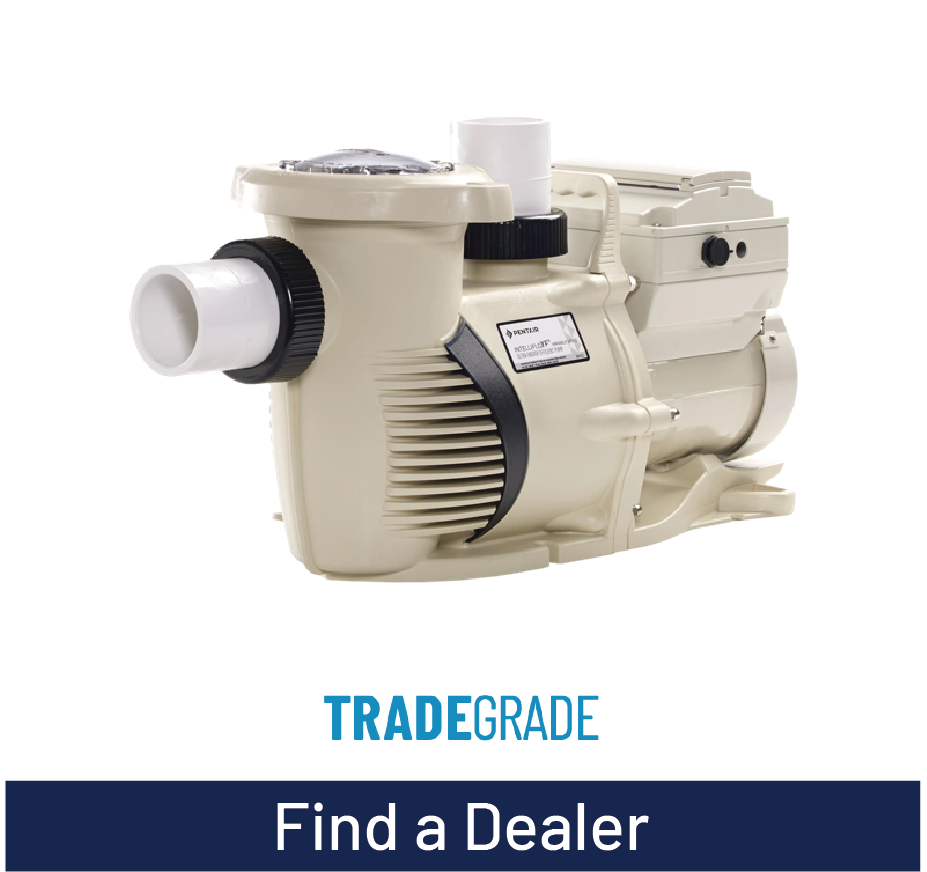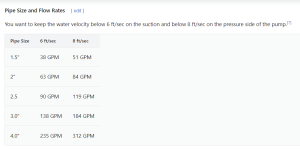OK, I think I got a picture of this, and yes, I understand that there is a channel drain running around the three sides. I can grasp the concept of the displacement, and how displaced water will need to be kept somewhere, and then pumped back into the pool rather quickly when people leave the water. I'm guessing that this is all standard stuff for an infinity edge. But that's not what I'm going on about.
Your channel on the other three sides, what I called a gutter, is 2" wide between the tile and the concrete deck, right? The toe-breaking hazard aside, what I'm wondering is how that relatively thin span of a channel, no matter how deep or how much water it can receive, is going to stop a wave going
right over the top of it, bypassing it almost completely, and splashing the deck. That water will not be reclaimed by your pool plumbing and holding tanks, etc, it'll be splash-out, for which no amount of pumping will compensate. It'll have to be replaced by fill water, at a rate that the splash out is happening, which I'm guessing could be quite a lot, even with just a few swimmers. With a rowdy bunch splashing and moving around and diving and jumping, the wave action will be a lot, and most of that water, as waves, will be crashing over the channel and landing on the deck, where it will drain to the garden or wherever. Gone.
I don't have any hydrodynamic equations, this is merely based on watching the water in my pool. When the kids get going, or even when it's just me diving in, the water in the form of waves slams my edge tile, then travels in every direction. Left, right and down go right back into the pool. The water that is forced upwards across the tile slams into the underside of the overhang of the coping, and then diverts straight out horizontal, away from the tile, and back into the water. That's what I meant by splash guard. With me so far?
If there was no overhanging coping, the water would not divert and it would shoot more or less straight up, with some of it escaping the perimiter of the pool, because of the inertia of the wave. And then as the water comes back down from the air, about 50% would land in the pool, the other 50% would land on the deck, and drain to the yard. I'd lose a huge amount of water every time someone jumped in the pool, or even just got in quickly. (I've always assumed this is why coping overhangs a pool.)
Now imagine that happening in your pool. But you don't even have a vertical edge tile to divert the waves, let alone an overhanging lip of coping, to stop the waves from diverting vertically. And these won't be 1/4" or 1/2" ripples, I'm talking up to 6" waves, maybe higher (especially from your, uh, width-challenged pals). That size wave will just flow right over the channel and onto your deck, but not back into your wells and sumps. It'll be gone. Your pool level will drop with each dive or cannon ball. Heck, when I cannon ball, even with my water level about 6" lower than my coping, I can sometimes create a wave that will go right out of the pool over the coping!
Again, this is not a matter of displacement. This is what will happen when 24+ gallons of flesh hit the surface of the water, with 200+ pounds of force. It's going to make a large circular wave that will travel in every direction. Even a small child will be able to make a decent wave. Only the part of the wave that flies over the infinity edge will be recaptured. The other 3/4" of the wave will shoot right onto your deck, on all three sides.
I just don't imagine this working any other way. Did
@JamesW account for this part of the physics?
